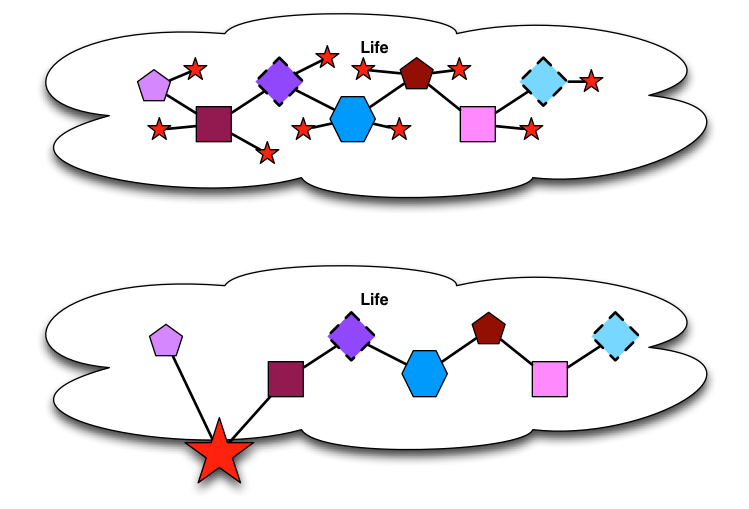Where does social media fit in the organization? In talking with a social media entrepreneur over beers the other day, he mentioned that one of his barriers in dealing with organizations was that they didn’t have a budget line for social media software.
That may sound trivial, but it’s actually a real issue in terms of freeing up the organization. In one instance, it had been the R&D organization that undertook the cost. In another case, the cost was attributed to the overhead incurred in dealing with a merger. These are expedient, but wrong.
It’s increasingly obvious that it’s more than just a ‘nice to have’. As I’ve mentioned previously, innovation is the only true differentiator. If that’s the case, then social media is critical. Why? Because the myth of individual innovation is busted, as clearly told by folks like Keith Sawyer and Steven Berlin Johnson. So, if it’s not individual, it’s social, and that means we need to facilitate conversations.
If we want people to be able to work together to create new innovations, we don’t want to leave it to chance. In addition to useful architectural efforts that facilitate in person interactions, we want to put in place the mechanisms to interact without barriers of time or distance. Which means, we need a social media system.
It’s pretty clear that if you align things appropriately: culture, vision, tools, that you get better outcomes. And, of course, culture isn’t a line item, and vision’s a leadership mandate. But tools, well, they are a product/service, and need resources.
Which brings us to the initial point: where does this responsibility lie? Despite my desire for folks who are most likely to understand facilitating learning (though that’s sadly unlikely in too many L& D departments), it could be IT, operations, or as mentioned above, R&D. The point is, this is arguably one of the most important investments in the organization, and typically not one of the most expensive (making it the best deal going!). Yet there’s not a unified obvious home!
There are worries if it’s IT. They are, or should be, great at maintaining network uptime, but don’t really understand learning. Nor do the other groups, and yet facilitating the discussion in the network is the most important external role. But who funds it?
Let’s be real; no one wants to have to own the cost when there’re other things they’re already doing. But I’d argue that it’s the best investment an L&D organization could make, as it will likely have the biggest impact on the organization. Well, if you really are looking to move needles on key business metrics. So, where do you think it could, and should reside?
